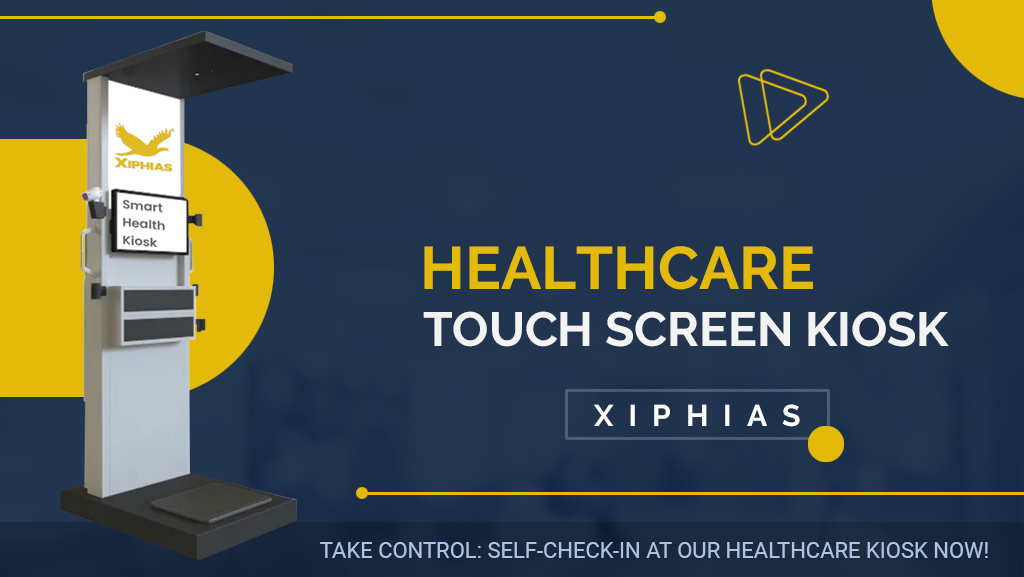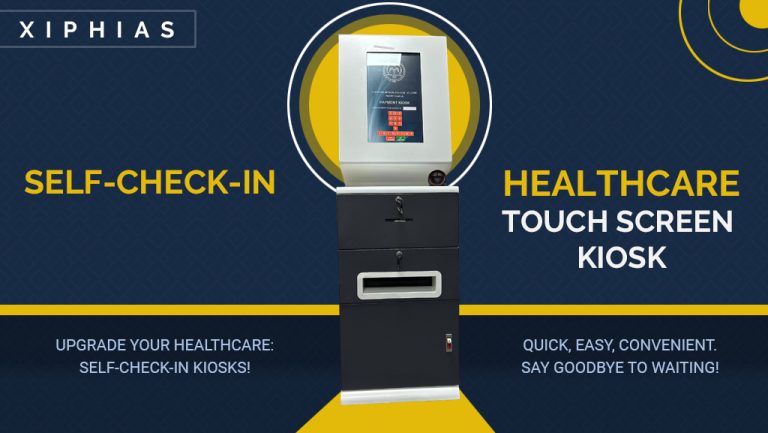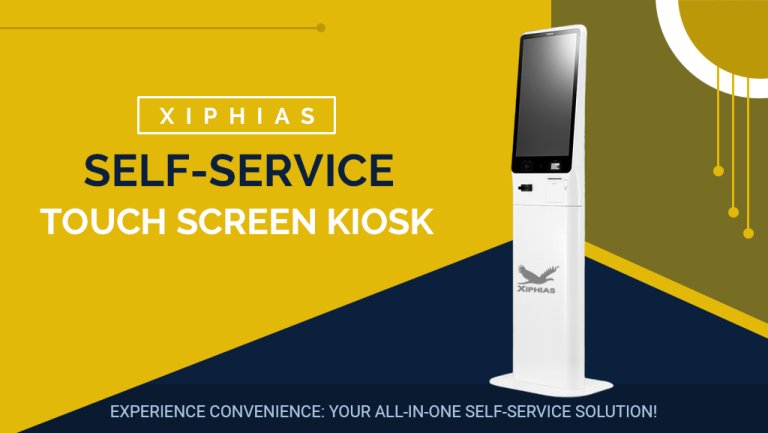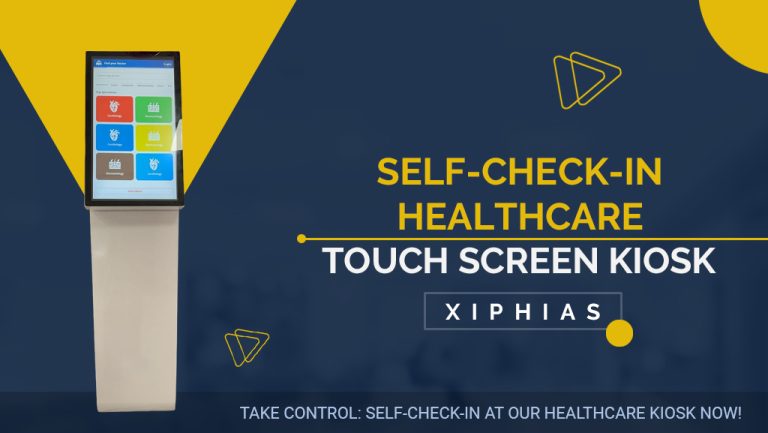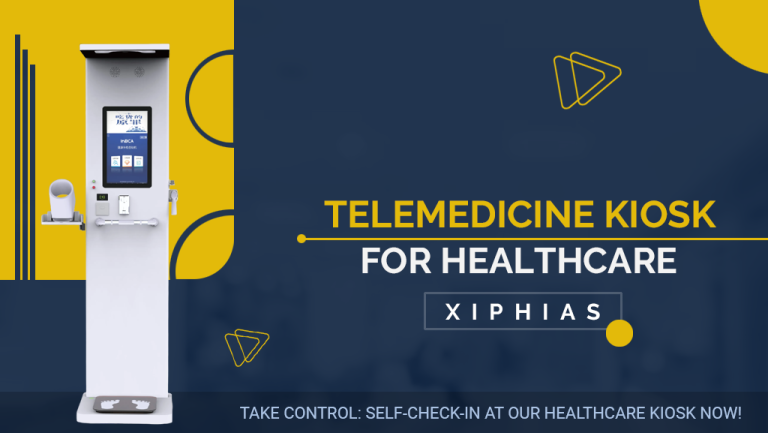How Healthcare Self-Service Kiosks Are Transforming the Medical Landscape?
The healthcare industry is undergoing a digital revolution, with self-service kiosks playing a crucial role in transforming patient experience and operational efficiency. These interactive kiosks streamline various administrative processes, reduce waiting times, and improve patient satisfaction. By integrating self-service kiosks into healthcare facilities, medical providers can focus more on patient care while optimizing resource utilization. This article explores how healthcare self-service kiosks are reshaping the medical landscape and their numerous benefits for both patients and providers.
Enhancing Patient Registration and Check-In
One of the most significant benefits of self-service kiosks in healthcare is the automation of patient registration and check-in. Traditionally, patients have had to wait in long lines at reception desks, filling out forms manually. Kiosks eliminate this inefficiency by allowing patients to check in digitally, update their personal information, and verify insurance details within minutes. This process not only reduces administrative burdens but also minimizes human errors, ensuring accurate patient records.
Reducing Waiting Times and Improving Efficiency
Long waiting times have been a persistent challenge in healthcare facilities. Self-service kiosks help address this issue by expediting the check-in process, directing patients to the appropriate departments, and facilitating appointment scheduling. With real-time data processing, hospitals and clinics can better manage patient flow, prioritize critical cases, and reduce congestion in waiting areas. This leads to a more seamless and stress-free experience for both patients and healthcare providers.
Facilitating Digital Payments and Billing
Healthcare self-service kiosks also support digital payments, allowing patients to settle bills conveniently. Instead of standing in queues to make payments, patients can use kiosks to process transactions via credit/debit cards, mobile wallets, or insurance claims. This enhances financial transparency and speeds up the revenue cycle for medical institutions. Moreover, kiosks can generate electronic invoices, reducing paperwork and contributing to a more sustainable healthcare environment.
Enhancing Telemedicine and Virtual Consultations
With the rise of telemedicine, self-service kiosks are playing an integral role in facilitating virtual consultations. Many modern kiosks are equipped with high-definition cameras, microphones, and secure software that enable patients to consult with doctors remotely. This is particularly beneficial for patients in rural or underserved areas who may not have easy access to healthcare facilities. Additionally, telemedicine kiosks provide a platform for remote monitoring, allowing healthcare providers to track patients’ vital signs and medical conditions in real time.
Ensuring Compliance and Patient Privacy
Data security and patient privacy are critical in healthcare. Self-service kiosks help ensure compliance with regulations such as the Health Insurance Portability and Accountability Act (HIPAA) by securely handling patient information. These kiosks use encrypted connections, biometric authentication, and role-based access control to prevent unauthorized data breaches. By minimizing human intervention, they also reduce the risk of misplaced or mishandled patient documents, further enhancing data security.
Improving Multilingual and Accessible Services
Healthcare facilities serve diverse populations with varying language preferences and accessibility needs. Self-service kiosks address this by offering multilingual support and accessibility features such as text-to-speech functionality, voice-guided navigation, and adjustable screen heights for wheelchair users. These features ensure that patients with disabilities or language barriers receive the assistance they need without additional stress.
Streamlining Prescription Refills and Medication Management
Self-service kiosks are also transforming pharmacy operations by enabling patients to request prescription refills and manage their medications more efficiently. Patients can use kiosks to check medication availability, receive dosage instructions, and set reminders for their prescriptions. Some advanced kiosks are even integrated with automated medication dispensing systems, further simplifying the process for patients and pharmacists alike.
Supporting Preventive Healthcare and Wellness Programs
Preventive healthcare is gaining importance, and self-service kiosks contribute significantly in this area. Many kiosks are equipped with health assessment tools that allow patients to measure their blood pressure, body mass index (BMI), and other vital health parameters. Based on these assessments, kiosks can provide recommendations for lifestyle modifications, dietary improvements, and exercise routines. They can also serve as educational platforms, offering videos and articles on various health topics.
Reducing Administrative Workload for Healthcare Staff
Healthcare providers often face excessive administrative workloads, which can lead to burnout and decreased efficiency. Self-service kiosks alleviate this burden by automating routine tasks such as patient check-in, appointment scheduling, and insurance verification. This allows healthcare staff to focus on delivering quality patient care rather than spending time on paperwork and data entry.
Enabling Real-Time Feedback and Patient Engagement
Patient feedback is essential for healthcare facilities to improve their services. Self-service kiosks provide an easy and anonymous way for patients to share their experiences, rate their consultations, and suggest improvements. By collecting real-time feedback, hospitals and clinics can identify areas for enhancement and take proactive measures to address patient concerns.
Future Trends in Healthcare Self-Service Kiosks
The adoption of healthcare self-service kiosks is expected to grow as technology advances. Future developments may include AI-powered kiosks capable of diagnosing minor illnesses, blockchain-based security systems for data protection, and more sophisticated integrations with electronic health records (EHR). Additionally, the use of voice recognition and facial recognition technology may further improve kiosk usability and security.
Conclusion
Healthcare self-service kiosks are revolutionizing the medical landscape by enhancing efficiency, improving patient experience, and reducing administrative burdens. These kiosks streamline various healthcare processes, from patient check-in to billing, telemedicine, and preventive care. As technology continues to evolve, the integration of self-service kiosks in healthcare settings will only become more advanced, leading to better patient outcomes and a more efficient medical system. Embracing this innovation is key to providing modern, patient-centric healthcare services in today’s digital age.

